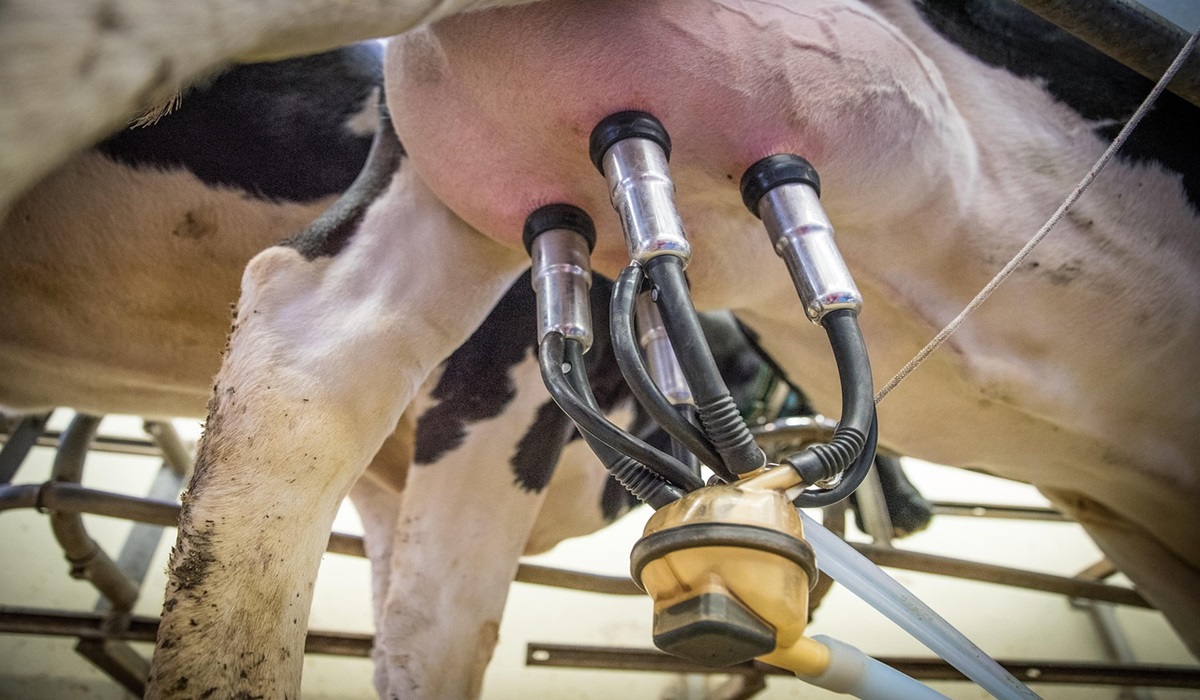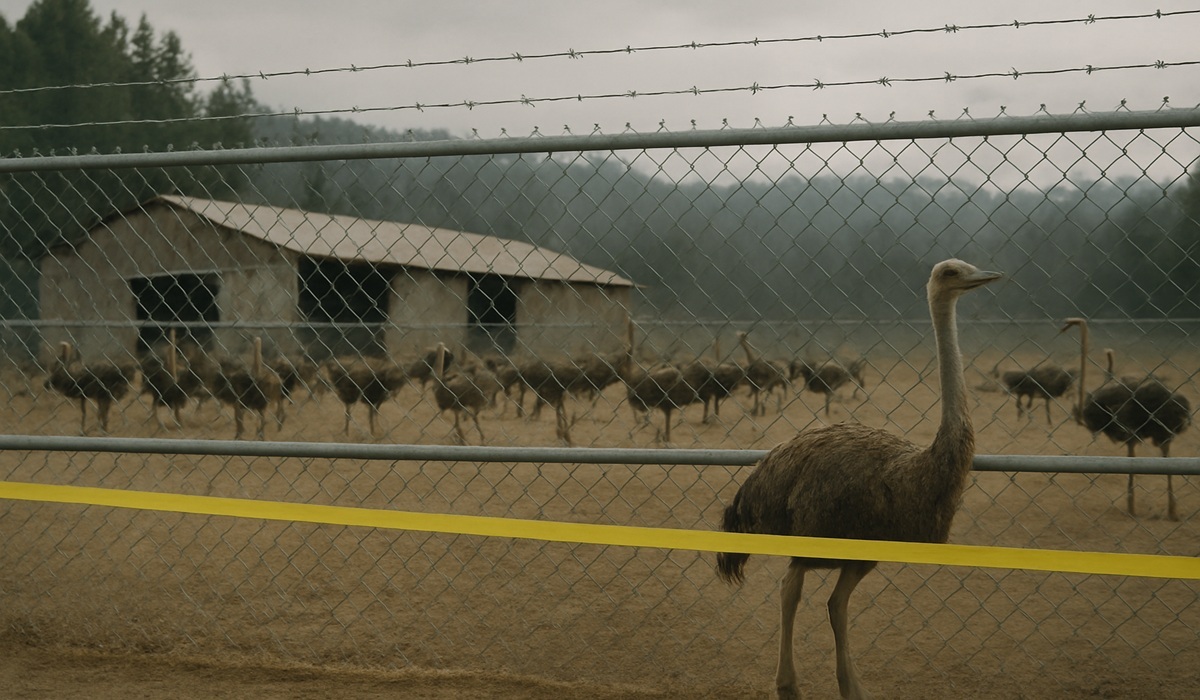Why Mexico May Favor Canadian Milk Over U.S. Dairy—and What That Means for American Farmers
- Ingrid Jones
- Canada
- July 28, 2025

Image Credit, Wolfgang Ehrecke
As global trade patterns continue to evolve, a quiet but profound shift is underway in North America’s dairy landscape. Mexico, once heavily reliant on the United States for its milk imports, is now signaling a deeper alignment with Canada—whose tightly controlled, high-standard dairy industry offers an attractive alternative. Behind this pivot lies a combination of rising food safety concerns, changing consumer preferences, growing frustration with U.S. trade policies, and a broader geopolitical realignment that could fundamentally restructure agricultural supply chains on the continent.
For Mexico, the appeal of Canadian dairy is increasingly clear. Canada’s milk is widely recognized for its consistency, quality, and strict adherence to health and production standards. Unlike many American producers, Canadian dairy farms are governed by a supply management system that limits production, stabilizes prices, and prevents the kind of market flooding that can destroy domestic sectors. Moreover, Canadian cows are raised without growth hormones, and most dairy farms avoid controversial feed additives like bone meal and synthetic enhancers still used in parts of the U.S.
Mexico’s population, particularly in urban areas, is showing greater demand for traceable, organic, and ethically produced dairy. As Mexican regulators take steps to tighten their own food standards—especially regarding cattle feed and sustainability practices—Canadian milk fits more seamlessly into that future. There’s a growing appetite in Mexico for products that meet or exceed global standards, and Canada offers a ready-made supply chain that aligns with those goals.
By contrast, American dairy exports have increasingly come under scrutiny. Mexico has raised concerns over the use of antibiotics, hormone treatments, and feed contaminants in U.S. milk, especially amid broader food safety conversations. The U.S., while a dominant exporter, has also developed a reputation for undercutting markets with subsidized surplus, triggering instability in the very economies it trades with. That volatility is something Mexico, still recovering from pandemic-era economic shocks and climate-related agricultural stress, is eager to avoid.
Compounding the issue are the political frictions between the U.S. and its neighbors. The U.S.-Mexico-Canada Agreement (USMCA), which replaced NAFTA, was meant to usher in a more balanced trade ecosystem. But in practice, it’s often been a source of tension. The U.S. has repeatedly accused Canada of maintaining an unfair monopoly on its dairy market, restricting access to American products through tariff quotas and strict regulatory barriers. Washington wants to force more Canadian market openings for U.S. milk, but Ottawa has resisted, defending its system as vital to rural livelihoods and national food sovereignty.
In recent years, these tensions have intensified. Trump-era tariffs—intended to protect American industries—ended up sparking trade wars that hit U.S. agriculture especially hard. Soybean exports to China collapsed. Corn and wheat sales dipped due to retaliatory tariffs and global oversupply. Labor shortages worsened as migrant workers, many of them experienced farmhands, were deported or discouraged from crossing the border. As the American farming economy struggled to recover, Canada and Mexico quietly deepened their agricultural cooperation.
Talks are now advancing for expanded bilateral trade agreements between Mexico and Canada specifically within the dairy sector. These wouldn’t just sideline the United States—they would bypass it entirely. The prospect of Canada becoming Mexico’s primary dairy partner would represent a seismic shift in the regional power balance. It would mean U.S. farmers, already reeling from disrupted supply chains, might lose access to one of their most reliable markets—potentially permanently.
The implications for American dairy producers are grave. States like Wisconsin, Minnesota, and Idaho, which depend heavily on dairy exports to Mexico, are already facing rising input costs, stricter environmental regulations, and dwindling labor forces. If their products become less competitive due to political baggage and lower consumer confidence, their economic survival comes into question. For many small and medium-sized farms, losing the Mexican market could be a death blow.
What makes the situation even more complex is the digital and technological advancements being introduced into Canadian-Mexican trade. New traceability systems, blockchain logistics, and cross-border labeling initiatives are making it easier to track food from farm to fridge. Canada has been at the forefront of implementing these tools, while U.S. agriculture—diverse and decentralized—has lagged behind. As a result, Mexican regulators and consumers may find it more transparent and reassuring to partner with a country that can verify its claims about sustainability and safety in real time.
The current administration in Washington appears to be watching these developments with concern, but not yet urgency. American trade representatives have voiced frustration at Canada’s protectionism and have accused Mexico of drifting too far from the “spirit” of the USMCA. But if Mexico sees more value in reliable standards and long-term agricultural partnerships than in trade politics, the U.S. might not be able to stop the shift—especially when past actions like tariffs and deportations have already fractured trust.
For Canada, the benefits are obvious. Becoming the primary dairy supplier to Mexico could add billions to its agricultural economy and allow for greater international influence in food policy. For Mexico, diversifying away from the U.S. offers more control, higher-quality imports, and reduced dependence on a volatile partner. For the United States, however, the picture is more sobering.
The growing rift suggests more than just a loss of milk exports. It points to a regional decoupling—a quiet but powerful response to years of heavy-handed trade maneuvers, broken promises, and political brinkmanship. If Canada replaces the U.S. as Mexico’s dairy partner, it won’t be just about milk. It will be about trust, credibility, and who really leads the future of North American agriculture.
Let me know when you’re ready for the third article on the humanitarian crisis in Gaza.








